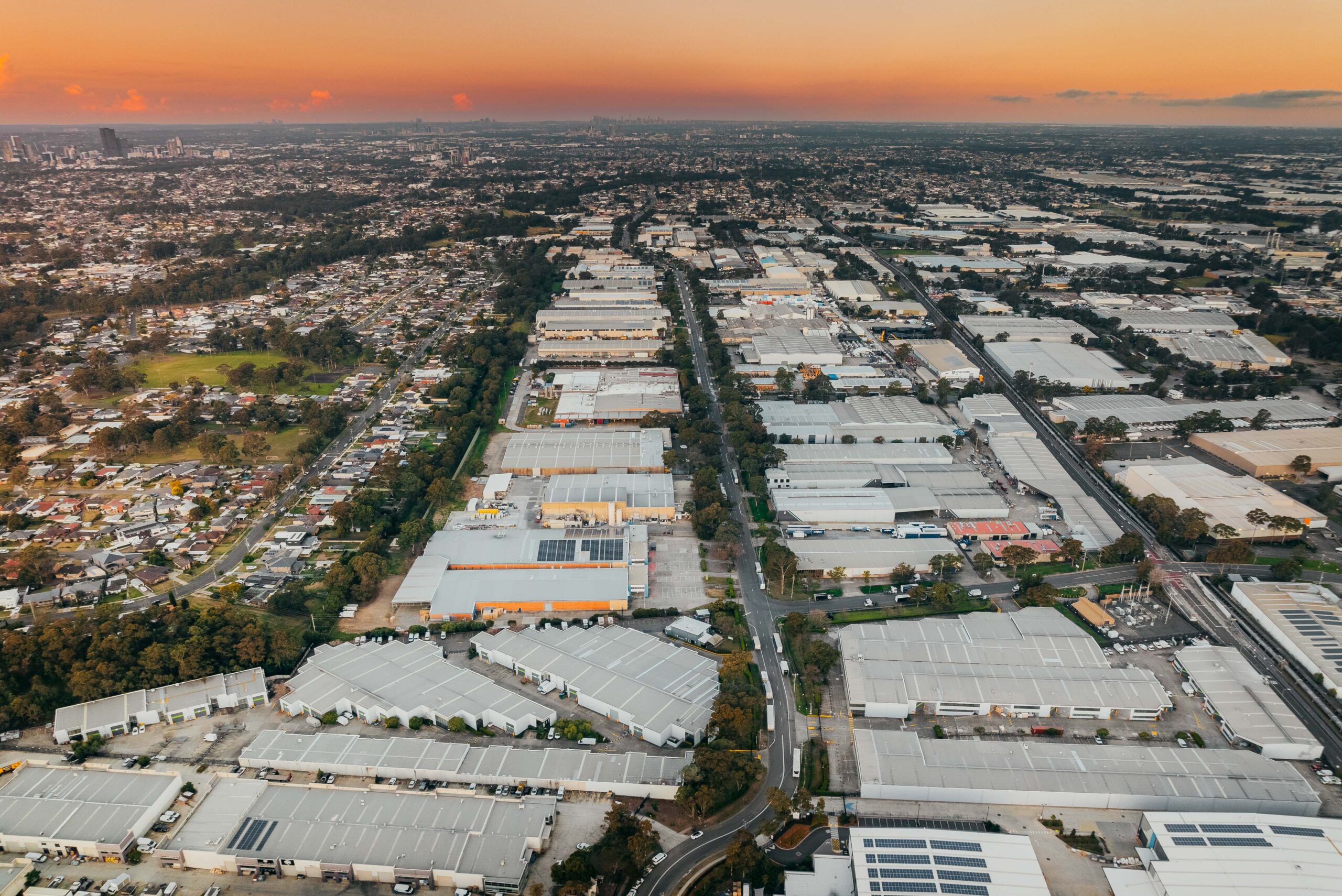
While Southeast Queensland remains the strongest player in the Australian property market, it’s reached the end of the boom-time cycle, in good news for new home buyers.
Over the past 12 months, Brisbane dwelling prices have enjoyed an increase of 33.3 per cent, with the rest of Southeast Queensland generally following a similar trend, but last month the city posted its first drop in nearly two years with values down 0.8 per cent.
National developer AVID Property Group (AVID), which currently has five active residential communities in Queensland, revealed it had seen a shift in enquiry, with growing interest from investors and easing demand from owner occupiers.
AVID General Manager Queensland Bruce Harper said the property cycle had come to an inevitable stabilisation, which was important for new home buyers who were being priced out of the market and pushed into an over saturated rental market.
“The reality is, we have had a couple of years of exponential growth here in Southeast Queensland, and the nature of the property market is that it works cyclically,” Mr Harper said.
“Sales volumes for land over the last 12 months have been so strong that we will spend the next 12 months producing and settling the lots presold well ahead of production.
“Increasing interest rates and inflation levels have now brought about an important recalibration of the market and we can expect to see a return back to a more normal, segmented market.
“Many areas across Southeast Queensland will continue to perform strongly and see high levels of demand, but there will be areas that we can expect to see to ease.
“We know that buyers are still out there, and they are looking for liveability, mobility and access, so the areas and new developments that have that on offer will continue to sell stock, but we can expect to see buyers taking back more control in the market as we enter the spring selling season.”
Mr Harper said the new phase of the property cycle comes in perfect timing for the current buyer market, which is driven by Millennial first home buyers.
“We know from the recent ABS statistics that Millennials are our country’s largest generation, and they are the group moving into their first or second homes, and actively in the market,” he said.
“We’re seeing less competitive conditions for buyers just in time for spring, which typically is a popular selling time, and when home buyers can generally expect to see a lot more stock coming to the market.”
ABS figures showed Australia had seen the highest annual rate of inflation in June 2022 in almost 32 years.
Mr Harper said buyer sentiment impacts market conditions and ultimately, property values, and inflation rates were being felt across the market.
“Rising interest rates and inflation have certainly pushed a segment of the market away,” he said.
“But there’s a big opportunity for those that have the capacity to start reentering the market and find something that will suit their lifestyle for the right price.
“Similarly, we are seeing the reemergence of investors on the hunt for positively geared investments.”
With rental vacancies well below one per cent across the State – a far cry from the healthy 2.5-3.5 per cent – Mr Harper predicts the investor market will drive property sales over the coming months.
“We are already seeing a significant rise in enquiries from investors not only locals but also strong interest from Sydney and Melbourne.
“We will continue to see a level of concern around interest rates and inflation for a few months yet, but demand and supply continue to be the cornerstone of the property market, and supply still remains a factor, but I believe we’re entering a phase of healthy buying conditions.”






